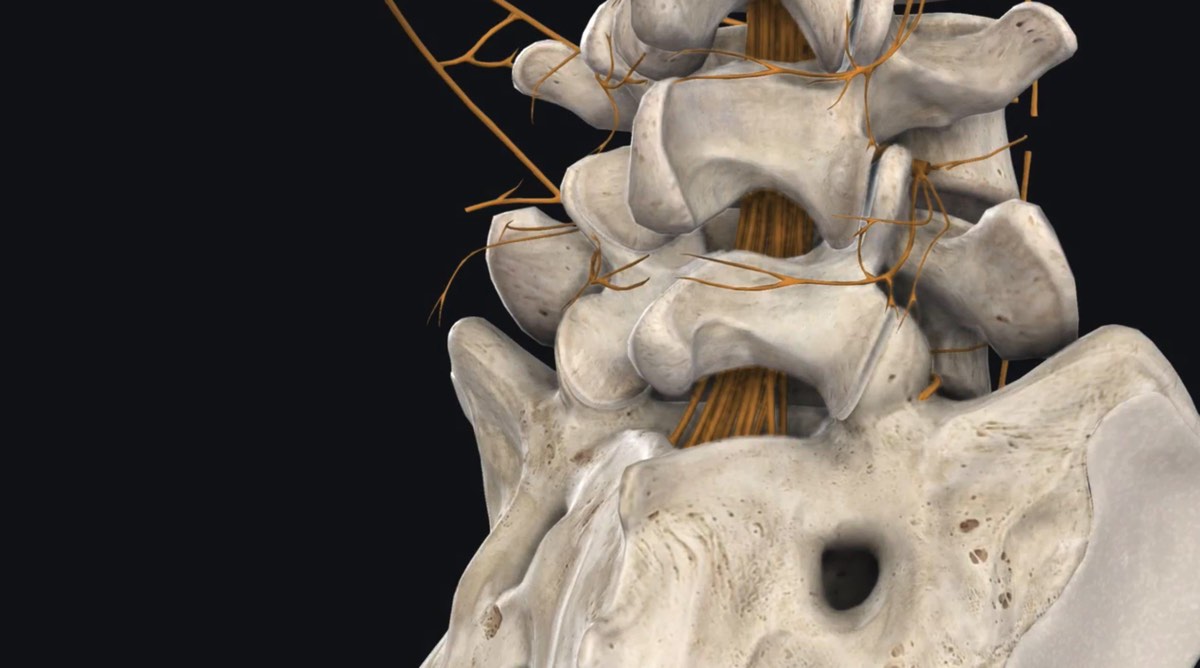Warming local anesthetics reduces injection pain
Reuters Health • The Doctor's Channel Daily Newscast
Dr. Anna Taddio and colleagues at the University of Toronto, Ontario, identified 18 studies on the topic that could be included in their analysis. Sixteen studies used lidocaine, 1 used bupivacaine and 1 procaine.
Warming was done using various methods, such as thermostatically controlled waterbaths, baby food warmers or syringe warmers. The primary outcome was self-reported pain as assessed by a visual analog or numeric rating scale.
“A mean difference of -11 mm on a 100-mm scale was found in favor of warming local anesthetics,” the team reports. When considering buffered or unbuffered local anesthetics, the effect of warming was similar with a -7 mm difference in perceived pain for buffered anesthetics and -13 mm for unbuffered solutions.
Pain reduction with warming was -14 mm with subcutaneous injection, and -5 mm with intradermal injection, according to the report.
The one study involving children looked at pain from dental anesthetic injections. This did not show a significant benefit from warming (-2 mm).
“According to our findings, local anesthetics should be warmed before subcutaneous or intradermal infiltration to reduce pain from infiltration,” Dr. Taddio and colleagues conclude
Reference:
Systematic Review and Meta-analysis of the Effect of Warming Local Anesthetics on Injection Pain
Ann Emerg Med 2011.









